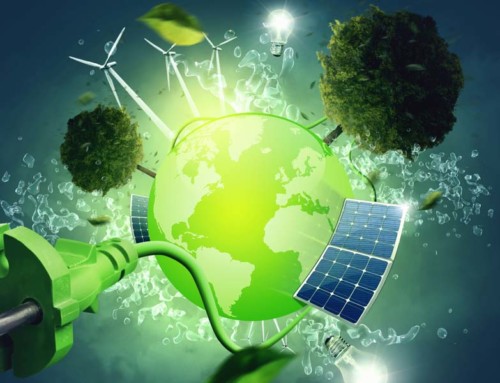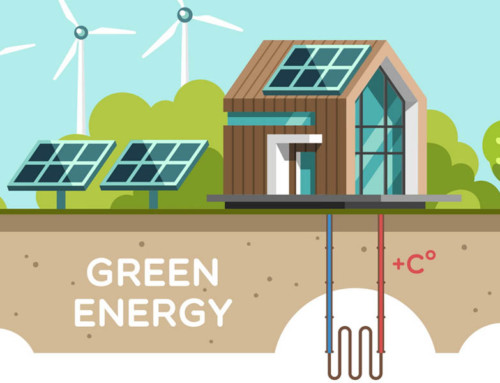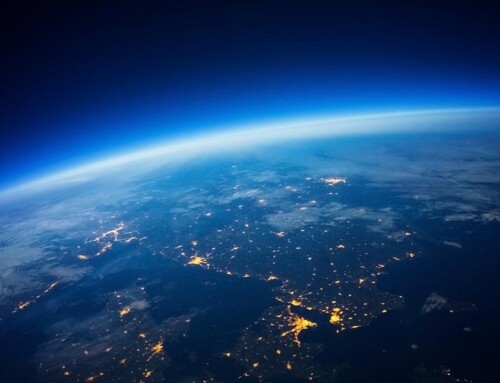The California Air Resources Board (CARB) recently reported that California continues to gain on its goal of curtailing its overall production of greenhouse gases (GHGs). California has already achieved its 2020 target for reducing GHGs with four years to spare, and reduced such gases even further again in the past year. Primarily, California is ahead of schedule for reducing GHG emissions from the generation of electricity, but it is continuing to fall farther behind on reducing emissions from transportation, which is now the leading creator of GHGs in California. CARB has adopted programs to decrease GHGs from transportation by increasing the trends toward battery electric vehicles (BEVs) and fuel cell electrical vehicles (FCEVs) powered by hydrogen, and it is almost on target for the number of new hydrogen service stations it is supporting. It is not clear, however, that the automakers are going to increase the number of FCEVs built to meet marketing targets in California, which may mean that sales of gasoline powered SUVs will continue to outpace FCEVs. Such a delay in adoption of FCEVs would echo the disappointing trend in switching from gasoline powered cars to BEVs, which has been slower than expected.
Wind and Solar Power Generation
By comparison, most of the electricity generated (52%) does not produce GHGs, largely because of the widespread adoption of wind and solar generation of electricity. However, GHGs were actually 1% higher in the transportation sector than they were in the prior year, because of the trend to more driving and an increasing percentage of sales of less fuel-efficient vehicles such as SUVs. The transportation sector now creates more GHGs than the electricity sector. In fact, transportation now creates 40% of California’s total GHGs. This is a problem because as the generation of electricity decreases its GHGs, it does so largely because of adopting wind and solar generation, but those are both intermittent and therefore make the electric power grid less balanced. That problem will force the adoption of more balancing efforts and expense. Also, after California achieves its goal of generating 100% of its electricity without producing any GHGs, it will not raise that percentage any higher, while GHG production from transportation could continue to get worse indefinitely and California’s progress as a whole could start to be reversed.
Hydrogen Station Deployments in California
In its Annual Evaluation of FCEV Deployment and Hydrogen Fuel Station Network Development for 2019, CARB noted that California’s approach to those efforts was designed around the realization that development of the station network had to precede the deployment of FCEVs in California, and that construction of the station network is very nearly on the schedule initially set for such development. CARB also noted that the automakers delivering FCEVs to California are planning to deliver enough FCEVs to fulfill the goals set by CARB for such deliveries. It is not clear, however, that California will be able to provide enough hydrogen to supply the stations, or the FCEVs that are anticipated. It is also not clear that consumer demand for FCEVs in the future will be sufficient to absorb the FCEVs to be delivered. For the whole arrangement to work as planned and eventually become self-supporting, California will need (a) the ability to provide hydrogen at a lower cost than is currently possible (to tempt consumers to switch from gasoline-powered cars to FCEVs), and (b) sufficient renewable energy resources to produce the required volume of hydrogen.
Accelerating Growth
CARB pointed out in its Annual Evaluation for 2019 that the advances in constructing filling stations and in deploying FCEVs call for more than just continuing growth in those markets. There must also be acceleration of the advances in both those markets, and that must occur within the next few years because those markets are all interdependent. They will increasingly make hydrogen a transportation fuel, the jump in demand for FCEVs will fundamentally increase the demand for hydrogen in California, and California must guide the markets to grow into independence from government support and ultimately into self-sufficiency. It is a challenge to private and public stakeholders to work together to ensure sufficient non-GHG hydrogen resources can be developed and available to support the increase in the number of FCEVs operating in California.
Electrolysis
CARB also went beyond the topics of hydrogen fuel stations and FCEVs to address California’s hydrogen deployment strategy in the 2019 Annual Evaluation. CARB noted that the hydrogen-fueled FCEV market can build up inventories by storing hydrogen when renewable electricity generation exceeds the demand for electricity on the grid. CARB observed that electrolyzers have nearly instantaneous response times and are a potential mechanism for balancing drops in wind or solar power (by curtailing electrolysis and sending the electricity to balance the grid when needed) and otherwise generating hydrogen fuel as a market driver to reduce prices and increase capacity for the hydrogen fuel market. If the electrolyzers are driven by renewable resources, the hydrogen produced may qualify for 100% carbon offset credits under California’s Cap-and-Trade system, thereby further reducing the cost of hydrogen fuel significantly.
Building on 100% Renewable Resources
Less than 39% of the hydrogen sold by the stations now is produced from renewable energy resources and, if California is going to achieve its overall targets, the percentage of hydrogen that is produced by renewable power should be 100%. We need to lower the cost and increase the amount of hydrogen produced by electrolysis driven by renewable resources. We’ll discuss in our next post the approach we will research to accomplish those objectives. While we are working on our next post, please help us by forwarding this one to your friends, family and associates who are interested in production of hydrogen from renewable resources.







